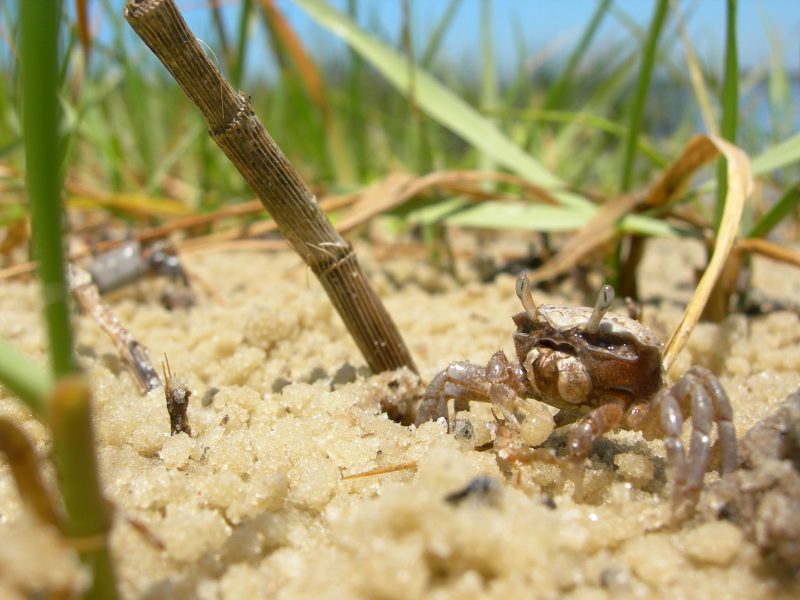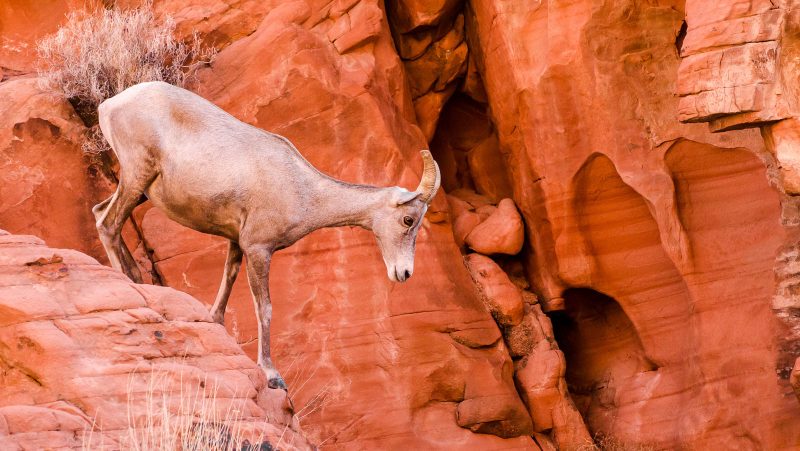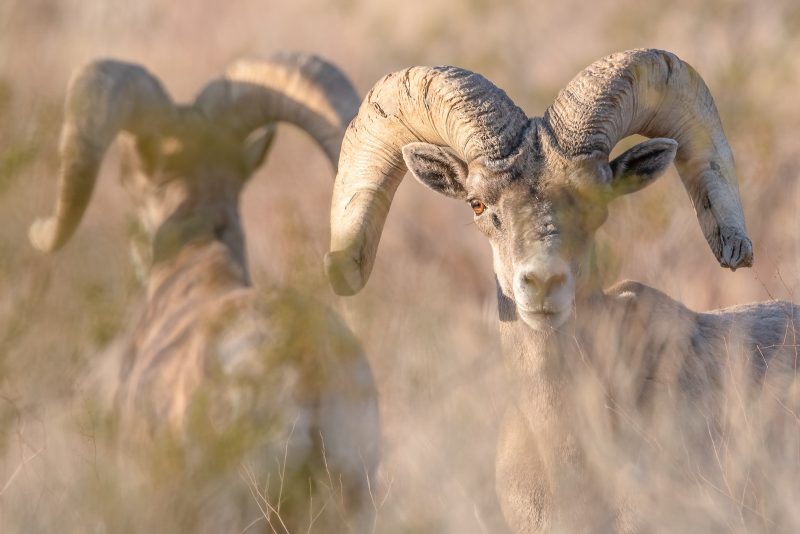Alyce Bender: From Amateur to Professional

In our interview series “From Amateur to Professional” we will be asking established nature photographers to share their photos and see how their practices have developed, changed, and improved over time. You’ll get to see the progression of their images, learn how they got started, and find out how they transitioned from amateur to professional.
To see more from this series, subscribe to our free newsletter.


Nature photographer Alyce Bender joins us this week to talk about her journey from amateur photographer to pro, turning her passion into her career.
When not leading photography tours or teaching new and seasoned photographers, Alyce can be found in the field, capturing beautiful moments with nature.
When and why did you first catch the nature photography bug?
When I was very young, maybe about six years old, I was gifted a Kodak 35mm point-and-shoot from my parents.
Having spent much of my childhood playing outdoors in the Florida countryside, naturally, I turned my lens towards nature. From there I started exploring the natural world through a lens.
Show us one of the first images you ever took. What did you think of it at the time compared to now?
Unfortunately, due to a series of moves, I don’t have any of my childhood 35mm images. However, I do still have some of my earliest digital images, taken with a Nikon Coolpix 7900 which I worked a second job over a summer in my mid-teens to afford.

This image of a ghost crab, taken on the Gulf coast of Florida, I thought was absolutely amazing when I took it.
The experience of having to wait patiently and allow the little crab to come out of its burrow, before taking the picture and getting it in focus, really made me jump for joy when I saw what I had captured.
This image was one that had me thinking I had a knack for photography, especially after it became the first print I ever sold.
Now, while I still look fondly at the image due to its place in my photographic journey, you won’t find it on my website.
Today, I would notice the eye closest to the viewer is out of focus and the picture would not see the light of day. Never mind being printed to an 11 x 14-inch image to be framed and hung in someone’s house!
Show us 2 of your favourite photos – one from your early/amateur days, and one from your professional career. Why do you like them, what made you so proud of them, and how do you feel about the older image now?
So, from my early amateur days, one of my (very few) favourites is this image of a black bear sow with her cubs in a tree in the Smoky Mountains of Tennessee.

There is just something about the way the sow is tenderly checking on her cub while relaxed in the tree that makes me smile.
That I was able to approach this pair at a safe distance and capture the image with a Nikon D40X and Nikon 70-300mm (my very first telephoto lens) without making her nervous is a big piece of why I still enjoy the image.
It was also one of my first real encounters with a mega-fauna species. Today, I wish I was able to recreate this image for better image quality, but it is still a favourite and is even found in my wildlife portfolio online today.

As for the newer image – this was created just a couple of springs ago, in early June 2021 (above photo).
Foxes are one of the species that I adore photographing and yet they elude me frequently. I haven’t lived in places where foxes are commonly found under the backyard shed or at the local park.
So, when I travelled to Grand Teton National Park and was tipped off by a fellow photographer where I might find a den, I jumped at the chance to see them.
Over the course of five days, I sat with this family of three kits being cared for by their mother – the male had sadly been put down before they were born due to being fed by visitors.
Often, in the afternoons, before Mother would arrive back or just after she left again, two of the three siblings would come out to play, roughhouse, and chase each other. During one of those sessions, I was able to capture this frame.
I printed this one for myself as I love how, if we anthropomorphize the kits, it’s as if one is whispering to the other. I have entitled it “Secrets”.
This conveyance of emotion and giving viewers an image of wildlife that they can connect and bond with is key, in my opinion, to help conserve habitats and the wildlife themselves.
We can’t care for things we don’t understand or connect with, so I try to create connections through my imagery for those who might otherwise never experience it. This image is one that instantly I knew the connection was there and thus it is a favourite of mine.
When did you decide you wanted to become a professional photographer? How did you transition into this and how long did it take?
When I separated from the U.S. Air Force in 2013, I married and became a military spouse which means moving every few years.
I started taking my photography hobby more seriously at that point since I was working a job that was just 35 hours a week, and I had free time on the weekends.
By taking it more seriously I mean learning to photograph in manual mode, how to properly read a histogram, composition, depth of field, etc.
Learning how to be the artist behind the image so I could craft my images the way I wanted, rather than having the camera make choices for me.
As my skills grew, I started helping to mentor others in the local camera club and leading photo walks around the local parks. In teaching others, I was not only reinforcing what I had learned but also being pushed to further my knowledge as questions arose.
Then we moved to Japan, and I started working as a Recreation Aide and tour guide for the base Outdoor Recreation centre. Here I would lead people out to hike, discover wild hot springs, or enjoy the slopes for skiing and snowboarding.
It was so rewarding to see these participants become engaged with the nature around them. Many admitted they would never do things like that without a guide, so they appreciated the service.
I enjoyed connecting them with the nature I had fallen in love with; I took every opportunity on my days off to explore and photograph the beautiful northern Japanese mountains and countryside.
Several years passed as we lived in Japan, and I grew more confident in my photography. Then we received orders to move, only this time I had to return to the States and my spouse went overseas, where I could not follow.
It was going to be for just short of a year and, with our two dogs in tow, I had no idea where to settle or if I should bother getting a job for such a short period.
After a discussion with the family and the support of my spouse, we decided I would move to Las Vegas.
We had family that was so kind to take the dogs and me in for as long as needed.
From there, I purchased an RV and started travelling with the dogs to places across the western U.S. to build my portfolio further. And I started laying the foundation to make nature photography my full-time career.
By March 2019, I had the legal formation of my business and started operating as A. Bender Photography LLC – a professional nature photographer.
Had I not had the mental, financial, and physical support of my spouse, aunt, and uncle, it would have been a vastly different road to get to this point.
I am very aware that those were instrumental in my being able to jump into this profession full-time. They are not luxuries many people have when trying to turn passions into careers.
Was there a major turning point in your photography career – a eureka moment of sorts?
I’m not sure if there has been one in my career. I will say in my photography journey when I learned to read my histogram that was when I saw my work improve exponentially.
As for my career though, I have been incredibly fortunate in the opportunities that have come my way such as the Tamron Ambassadorship, the offer to be a contributing writer and photographer for the Journal of Wildlife Photography, and the partnership with Wildside Nature Tours.
These, and many others, have helped propel me to where I am today. It’s been a slow growth over time rather than one specific rocket boost.
Are there any species, places, or subjects that you have re-visited over time? Could you compare images from your first and last shoot of this? Explain what’s changed in your approach and technique.
Before covid-19, this would have been an easy question with the answer being Japan. However, since I haven’t been back since February 2020 I hesitate to put that as the answer. Although, I will be making my first post-covid return to Japan next year.

Two others come to mind. One is a location – Grand Teton National Park is a place I return to time and again for both wildlife and landscapes. I try to make it there each spring and autumn.
But, at a minimum, I go each autumn as the colours, the wildlife such as moose and pronghorn in rut, and the grand vistas are not to be missed. It is one of my favourite places in the continental U.S.

The second is a species. I have been photographing desert bighorn sheep in Nevada for close to a decade now.
There’s something about them and their tenacity to eke out a life in such an unforgiving and harsh environment that drives me to photograph/document this species and their habitat.
The first time I saw them, I was visiting the area for a sunrise landscape image. Back then, the only telephoto lens I had in my bag was 70-300mm.
Due to the suddenness of my stumbling upon my first herd of desert bighorns, I didn’t have much of an idea of their behaviour or habits.
I was photographing as a reaction rather than with any preconceived intent. I was also on a timeframe – I had slipped away from the house during a family visit to try to get some sunrise shots before everyone got up.
Still, I came away with a few images I was happy with.

Now, when I revisit the area and am working with this species, I have done my research into behaviour. I understand, after so many years of observing the herds in this particular area, their usual daily habits.
When photographing them now, I look for unique shots or behaviour, as well as scenes which tell the story of their struggles and perseverance in the face of water shortages.
I also make sure not to have a specific time for when I need to be back at the house. The lack of a deadline takes the pressure to perform off me and allows me to be in the moment with the animals, rather than keeping an eye on my watch.
Has anything changed in regard to how you process and edit your images?
Considering if you go far enough back in my journey, I was working with 35mm film, then yes, I’d say a lot has changed with how I develop my images.
However, when it comes to digital images, my development of them hasn’t changed much, other than I have become more proficient and efficient.
When I started editing digital images, rather than letting the camera make those choices by shooting and sharing straight-out-of-camera JPEGs, I used Adobe Lightroom to develop my images.
I still use it today. It’s a powerful yet user-friendly development tool that I took to instinctively.
I have since found a minimalist editing style that helps bring out the best in my images while not straying far from the original scene. It also doesn’t take a ton of time, which allows me more time in the field, where I love to be.
What was the biggest challenge you faced starting out, and what’s your biggest challenge now?
Starting out, my biggest challenge was trying to differentiate myself from the multitude of other nature photographers out there.
As the barrier to entry to becoming a photographer has been lowered with digital cameras and cheaper travel, the number of photographers has risen sharply.
The challenge then becomes how to tell your own stories and capture often-photographed subjects in new and interesting ways. So, that was one of my initial hurdles.
Today, my biggest challenge is trying to balance offering quality tours and educational events, having time to explore new locations, and being home to spend time with family.
A career that requires considerable time on the road takes special consideration if one is not single. That said, my spouse fully supports my career choice and thinks it is only fair since his work also takes him away for long periods.
So, we make it work and thus we can each have successful careers we can be proud of, and that serve our communities at large.
What’s the one piece of advice that you would give yourself if you could go back in time?
If my current future self could go back and give my younger self a piece of advice it would be to take a few business or entrepreneurial classes. Knowledge of business is never a bad thing, but lacking it can make going into business much harder than necessary.
This is something I tell the younger women I mentor who are looking to be photographers now. If you want to be a photographer, take business classes.
Photography skills can be learned on your own, but business and the legalities and logistics are much harder to learn solo!





